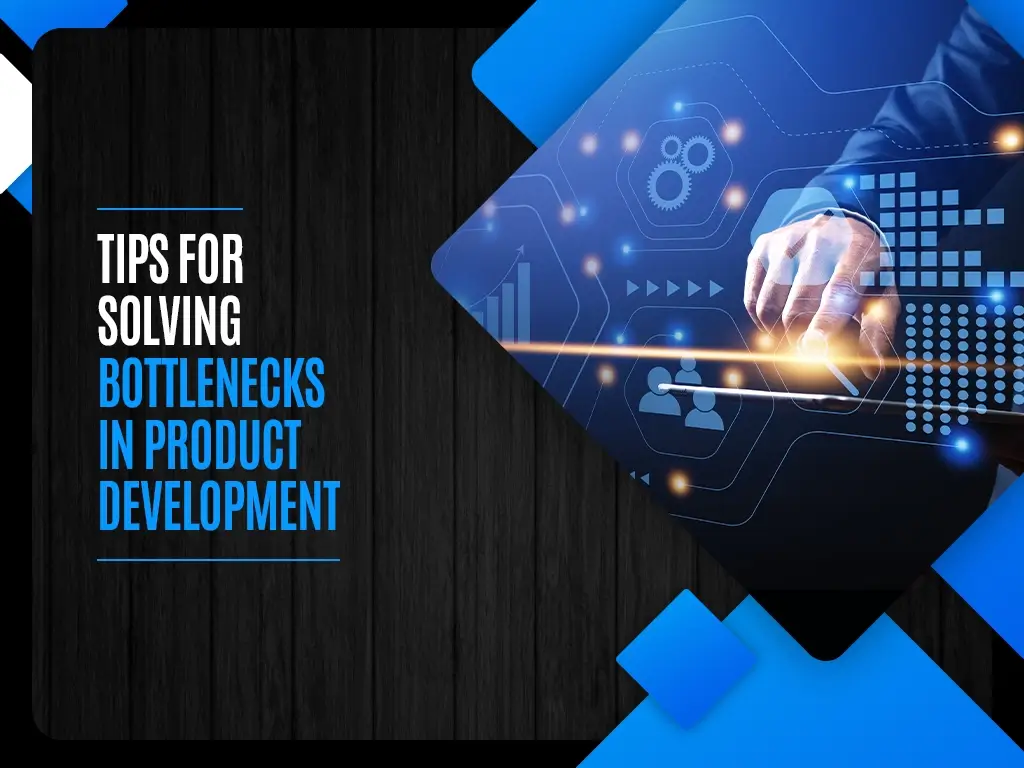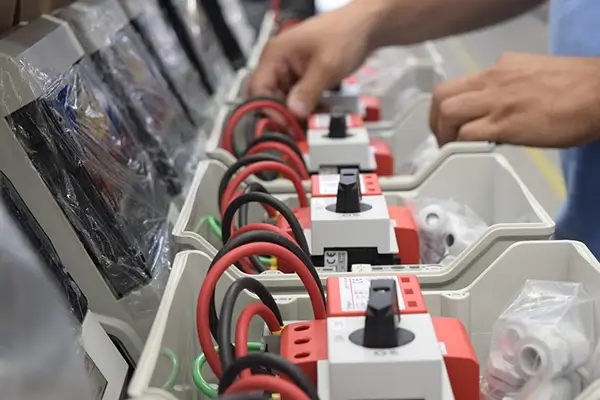Tips for Solving Bottlenecks in Product Development
Overcome product development bottlenecks with these expert tips to streamline processes, boost efficiency, and enhance team collaboration.

Product development is a complex process that involves coordinating many different teams and tasks. From research and design to manufacturing and marketing, bringing a new product to market requires input from across the organization. With so many moving parts, it’s easy for bottlenecks to emerge that slow down the development timeline. Here are some tips for identifying and resolving bottlenecks to keep your product launches on track.

Implement an ERD Tool
An enterprise relationship diagram (ERD) tool can provide vital visibility into how different systems, tasks and teams interconnect. While process mapping examines the overarching workflow, an ERD tool dives into the nitty-gritty details of each hand-off. The automated documentation helps track exactly where information and tasks are coming from and going to. Bottlenecks become obvious when transfers between workflow elements are inefficient.
Conduct Process Mapping
A thorough understanding of the current product development workflow is key to spotting where chokepoints are likely to emerge. Work with teams across departments to map out each step in the process. Identify critical hand-offs between teams and phases where tasks must be completed before moving to the next stage. This will illuminate dependencies and areas prone to delays. Revisit and update the process map regularly as improvements are made.
Analyze Metrics
Crunching the numbers can quantify the extent of bottlenecks and their business impact. Gather cycle time, throughput, productivity, and quality data across workflow stages. Longer cycle times indicate a potential bottleneck, as do drops in throughput. Poor quality metrics may reveal inadequate reviews or testing.
Assess Resource Allocation
Mismatched resource allocation frequently leads to workflow logjams. Examine if staffing levels, equipment availability, budgets, and cross-departmental utilization are adequate for each process stage. Identify where resources are overburdened or constrained. Assess priorities and trade-offs to better distribute resources. Augment any under-resourced areas that are causing slowdowns.
Improve Cross-Departmental Communication
Breakdowns in communication between teams often cause delays from lack of alignment. Foster better transparency, coordination and collaboration across functions. Standardize workflows, requirements and hand-off protocols between departments. Implement project management software and progress tracking dashboards to keep all stakeholders connected.
Provide Ongoing Training
Team members lacking the skills to complete tasks efficiently can significantly slow things down. Determine any gaps in employee capabilities. Provide comprehensive training and development to upgrade expertise across workflows. Bring in subject matter experts and coaches to assist teams in improving their performance.
Review and Refine Processes
Tackling bottlenecks is an ongoing endeavor requiring continuous process improvement. Regularly review workflow data and metrics to spot new constraints as they emerge. Seek input from team members to understand challenges on the front lines. Implement small, iterative changes to streamline processes. Avoid wholesale overhauls that can be disruptive. Aim to simplify workflows and hand-offs with each refinement.
Leverage Automation
Automating manual workflows can help accelerate development cycles. Identify repetitive human tasks that algorithms or software can handle more efficiently. Implement workflow automation gradually, starting with high-impact bottlenecks. Provide training to help team members adapt to new automated processes. Balance automation with human oversight and involvement where needed.
Breaking development logjams requires a multi-pronged approach combining thorough analysis, open communication, optimized resource allocation and technology. By taking a systematic view of product development workflows, companies can expose bottlenecks and implement targeted improvements to keep product pipelines running smoothly. An enterprise relationship diagram tool and rigorous process examination are key first steps to maintaining speed to market. Tackling bottlenecks head-on and continuously improving ensures development velocity doesn’t slow to a crawl.



